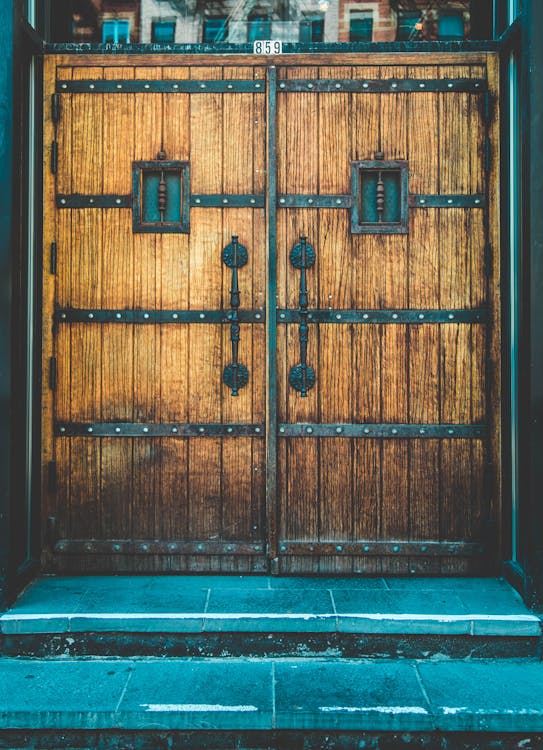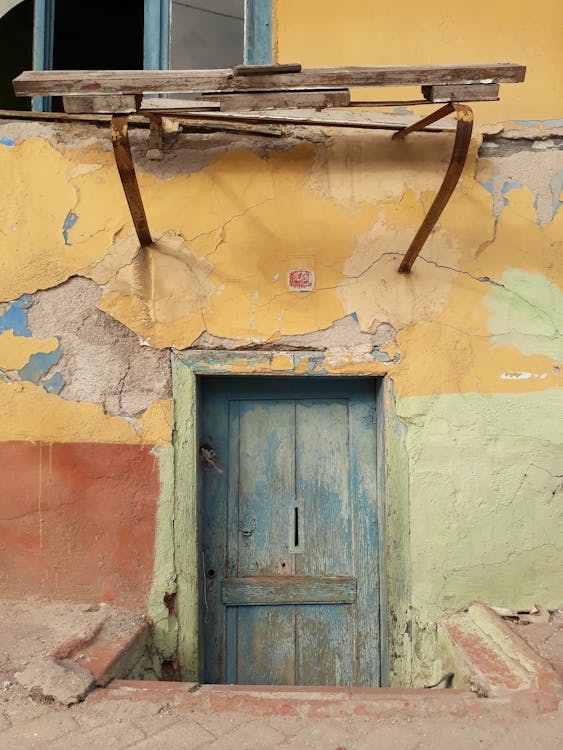
A Guide to Different Hinges and Their Materials
A hinge is a mechanical device that allows the door to rotate against a fixed axis. It's a perfect example of a wheel and axle machine model, which is one of the simplest machines in action.

Door hinges most commonly come under discussion, but hinges are used in most areas. Your furniture, your enclosures, your jewelry, your electronics, and every other thing employs hinges.
Particularly, there is a variety of door hinges, and these come in several sizes and designs to meet the needs. The door hinges are selected on the basis of the load-bearing capacity, and the criteria for interior and exterior doors and also on the final look and finish of the door.
This is to be mentioned that hinges rotate in one direction only. Their moment is restricted on the other two axes. The common hinge movements are yawing, pitching, and rolling.
TDC Hinges is a 5-star rated door hinges manufacturer and supplier, and we deal in quality products to help you achieve the most out of your doors.
5 Different Types Of Door Hinges

1 - Butt Hinges
Butt hinges are the popular door hinges and window hinge types and are also known as mortise hinges. These are commonly installed on exterior doors with heavy load requirements. These hinges are made up of two identical leaves with a knuckle joining them together.
One of the leaves gets static and attaches in a fixed position, while the other one is mobile to allow movements in different directions and angles. Upon closure of the door, only the shaft with the pins is visible without it exposing leaves and the knuckles.
These are commonly made up of steel, but stainless steel butt hinges are preferred when they have to be installed outside the house. The chromium in steel offers tarnish resistance and prevents corrosion.
2 - Ball Bearing Hinges
Although ball-bearing door hinges are similar to butt hinges in appearance, these are different in action. The ball bearing in the hinge carries the weight of the door, making it easier to pivot.
The load contact point is the apex of the ball, and there the friction is considerably reduced, making heavy and larger doors easier to move.
Moreover, the best solution for creaking hinges is to replace them with ball-bearing hinges. Pin hinges break down over time, while ball-bearing hinges will exceed the lifetime of the door.
3 - Concealed Hinges
The concealed hinges are the prime door hinges for the furniture. These barrel-type hinges have two parts that are hinge cup and the arm. The hinges are called concealed door hinges for a reason. These are hidden hinges that give the overall furniture a non-interrupted look.
They have a freestyle rotation format and open in a narrow radius. The most common application of concealed hinges is seen in kitchen buildings and revamps. Most importantly, get their space in a wooden cabinet for a wholesome look.
These are adjustable hinge types, and modifications are possible even after installation. Also, these come in different designs, including self-closing door hinges and damping systems.
4 - Overlay Hinges
The overlay hinges allow the cabinet doors to partially or fully extend over the cabinet door frame. So, when the cabinet door is closed, the overlay hinge can be hidden or partially hidden, while the overall door hinge is visible.
5 - Offset Hinges
The offset door hinges are just the modification of the butt door hinges. These are used for the purpose of widening the entrances. The design is such that it moves the hinge pin furthest away from the door jamb. It allows the access space to be larger when set at an offset angle. This simply negates the need to enlarge the door opening.
Different Types Of Door Hinge Material
Shopping for door hinges seems easy, but it isn't much. You need to decide critically about the type of door hinge along with the materials. Most of the door hinges are made up of metals, but a lot of variety comes with the metallic family. A few metals offer better strength and longevity, while others are phenomenal in offering tarnish resistance and prevention against corrosion.
#1 - Cold-Formed Steel
An iron alloy that's molded at room temperature is called cold-formed steel. Engineers do better understand the mechanics behind it, but it's enough for you to understand that the metal is not subjected to thousands of Fahrenheit temperatures to achieve the physical properties of the metal. These are strong, durable, and longer-lasting materials making these a most popular option in the market.
#2 - Stainless Steel
Stainless steel is an alloy of carbon and iron. Usually, the trace metals like nickel and chromium are added to increase the overall strength and the corrosion resistance of the metal.
#3 - Aluminium
Aluminium though not a metallic alloy, is a pure metal used as door hinges. It has inherent corrosion resistance properties. It is lightweight and affordable, therefore, a popular option among the masses.
Wrapping Up
Door hinges are essential for every door, cabinet, cupboard, and furniture, and we provide many types of hinges with great benefits. All you need to do is to trust us for your needs, and we’ll help you the most within our capacity.
